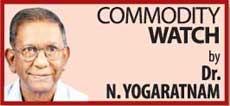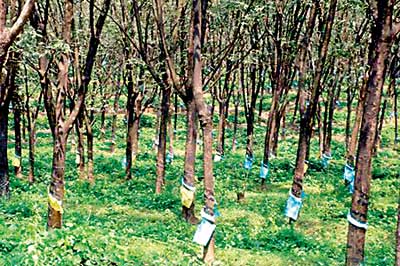25 Jun 2012 - {{hitsCtrl.values.hits}}
 By Dr. N.Yogaratnam
By Dr. N.Yogaratnam diseases/pests, better adaptability to climate stress and are location-specific. Do not worship any particular breeding strategy, but select the one which can help to achieve the desired end-goal speedily and surely. Research should continue its clone-centric approach, but it should make use of molecular breeding techniques such as marker-assisted selection to shorten the breeding cycle and get more number of agronomically important genes into an elite clone. Further genetic improvement in Hevea (eg. Breaking the yield ceiling or pyramiding of multiple traits in one single clone etc.) may be difficult through conventional breeding/selection route.
diseases/pests, better adaptability to climate stress and are location-specific. Do not worship any particular breeding strategy, but select the one which can help to achieve the desired end-goal speedily and surely. Research should continue its clone-centric approach, but it should make use of molecular breeding techniques such as marker-assisted selection to shorten the breeding cycle and get more number of agronomically important genes into an elite clone. Further genetic improvement in Hevea (eg. Breaking the yield ceiling or pyramiding of multiple traits in one single clone etc.) may be difficult through conventional breeding/selection route.
26 Nov 2024 44 minute ago
26 Nov 2024 2 hours ago
26 Nov 2024 3 hours ago
26 Nov 2024 4 hours ago
26 Nov 2024 4 hours ago